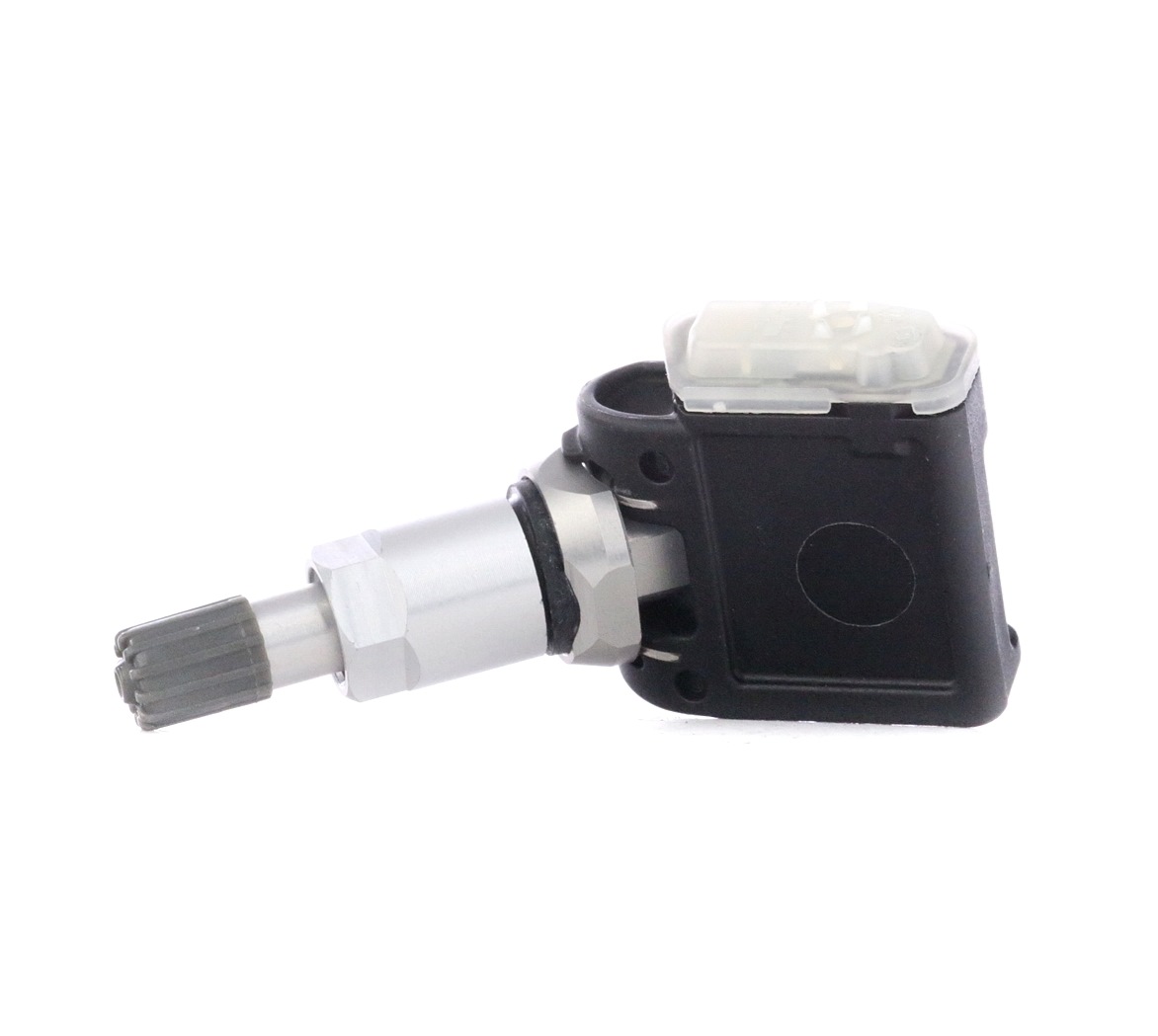Table of Contents
Smart 451 engines
The Smart 451 was launched in 2007 as the second generation of the legendary city runabout and quickly established itself as an urban cult object with a characteristic range of engines. Over its eight-year production period, Smart 451 engine technology developed continuously and offered various petrol and diesel variants for different driving needs.

Smart 451 engines (2007-2014)

The Smart 451 generation marked a significant leap in development compared to its predecessor and offered quite respectable reliability for a small vehicle. With proper maintenance, most Smart 451 engines easily reached 150,000 to 200,000 kilometers, with major repairs typically due between 80,000 and 120,000 kilometers. The absolute top engine of this generation was the 1.0 MHD with 71 hp, which optimally combined economy, reliability and sufficient power. Technical highlights were the introduction of the automatic start-stop system from 2009 and the further development of the automated manual gearbox. Compared to competitors such as the Fiat 500 or VW up!, the Smart 451 positioned itself as a technically more sophisticated, but also more maintenance-intensive vehicle.
Smart 451 petrol engines (2007-2014)
The Smart 451 petrol engine range included various three-cylinder engines from Mitsubishi. The entry-level engine was a 1.0-liter naturally aspirated engine (M132) with 52 kW (71 hp), which was available as an MHD version (Micro Hybrid Drive) with automatic start-stop. This Smart 451 engine proved to be the most reliable of the entire series with minimal series problems and low maintenance requirements. For sportier demands, the Smart 451 Brabus was available with a turbocharged 1.0-liter turbo (M132 Turbo) with 75 kW (102 hp), which was, however, more susceptible to turbocharger damage and increased oil consumption. The most powerful variant was the Smart 451 Brabus Xclusive with 90 kW (122 hp), which occasionally exhibited problems with the engine mounts and cooling system due to its high load.
Smart 451 diesel engines (2007-2014)
The Smart 451 cdi had a 0.8-liter three-cylinder diesel engine (OM660) with 33 kW (45 hp), which was developed by Mercedes-Benz. This Smart 451 diesel engine was extremely economical with a fuel consumption of only 3.3 liters per 100 kilometers, but suffered from typical small diesel problems such as soot particle filter clogging on frequent short trips and occasional injection problems. The Smart 451 cdi proved to be an ideal long-distance commuter, but was less suitable for pure city driving. Smooth running was remarkably good, even for a three-cylinder diesel, and with regular highway driving the engine easily reached 250,000 kilometers.
| Smart 451 engine | Power output | Fuel consumption | Typical weaknesses | Rating |
|---|---|---|---|---|
| 1.0 MHD | 71 HP | 4.3-4.7 l/100km | Very robust, minimal problems | Very good |
| 1.0 Turbo | 102 HP | 5.1-5.8 l/100km | Turbocharger damage, oil consumption | Average |
| 1.0 Turbo Xclusive | 122 HP | 5.8-6.2 l/100km | Engine mounts, cooling system | Moderate |
| 0.8 cdi | 45 HP | 3.3-3.8 l/100km | Particle filter, injection | Good |

Smart 451 engines: Electric variant (2012-2014)
As a pioneer of electromobility, Smart introduced the Smart 451 electric drive back in 2012, which combined a 55 kW (75 hp) electric motor with a 17.6 kWh lithium-ion battery. This Smart 451 electric variant achieved a range of up to 145 kilometers and required around 8 hours for a full charge from a household socket. The electric motor proved to be practically maintenance-free, but the early batteries began to lose capacity after just 80,000 to 100,000 kilometers. Recuperation during braking was effective, and acceleration from 0 to 60 km/h in 6.5 seconds outperformed all combustion engines in the series. Occasional software errors in the battery management system and the high cost of replacing the battery after the warranty period were problematic.
Smart 451 Electric Drive: Technical details (2012-2014)
The Smart 451 electric drive used a permanently excited synchronous motor with 55 kW (75 hp) of power and 130 Nm of torque. The Tesla battery had a nominal capacity of 17.6 kWh and was temperature-controlled. The power consumption was around 15.1 kWh per 100 kilometers, which meant operating costs of around 4 euros per 100 kilometers. The top speed was electronically limited to 125 km/h. The recuperation power of up to 15 kW, which considerably extended the range in typical stop-and-go city traffic, was particularly noteworthy.
| Smart 451 Electric | Performance | Fuel consumption | Typical weaknesses | Rating |
|---|---|---|---|---|
| Electric Drive | 75 HP | 15.1 kWh/100km | Battery capacity, software | Good |

Conclusion: The best Smart 451 engines of all variants
The development of the Smart 451 engines shows a consistent focus on efficiency and city driving optimization. While the petrol engines offered solid everyday suitability, the diesel engine was the king of consumption and the electric motor was a harbinger of the future. The various Smart 451 engines optimally served different driver types.
- Best Smart 451 gasoline engine:
The Smart 451 1.0 MHD (71 hp) impressed with exceptional reliability, low maintenance costs and sufficient power for city driving.
- Best Smart 451 diesel engine:
The Smart 451 0.8 cdi (45 hp) offered unbeatable fuel economy and was ideal for long-distance commuters who regularly drive on the highway.
- Best Smart 451 electric motor:
The Smart 451 electric drive (75 hp) was ahead of its time and offered practical electric mobility for urban use as early as 2012.
For maintenance and spare parts for all Smart 451 engines, AUTODOC offers a comprehensive range of original and quality spare parts with fast delivery and expert advice.















